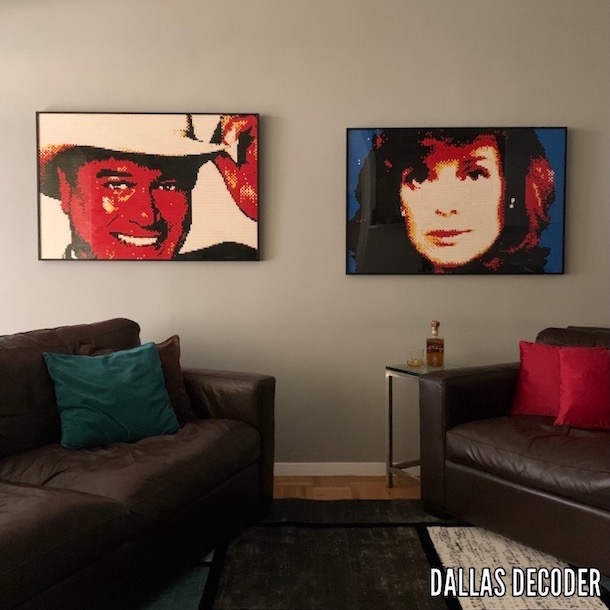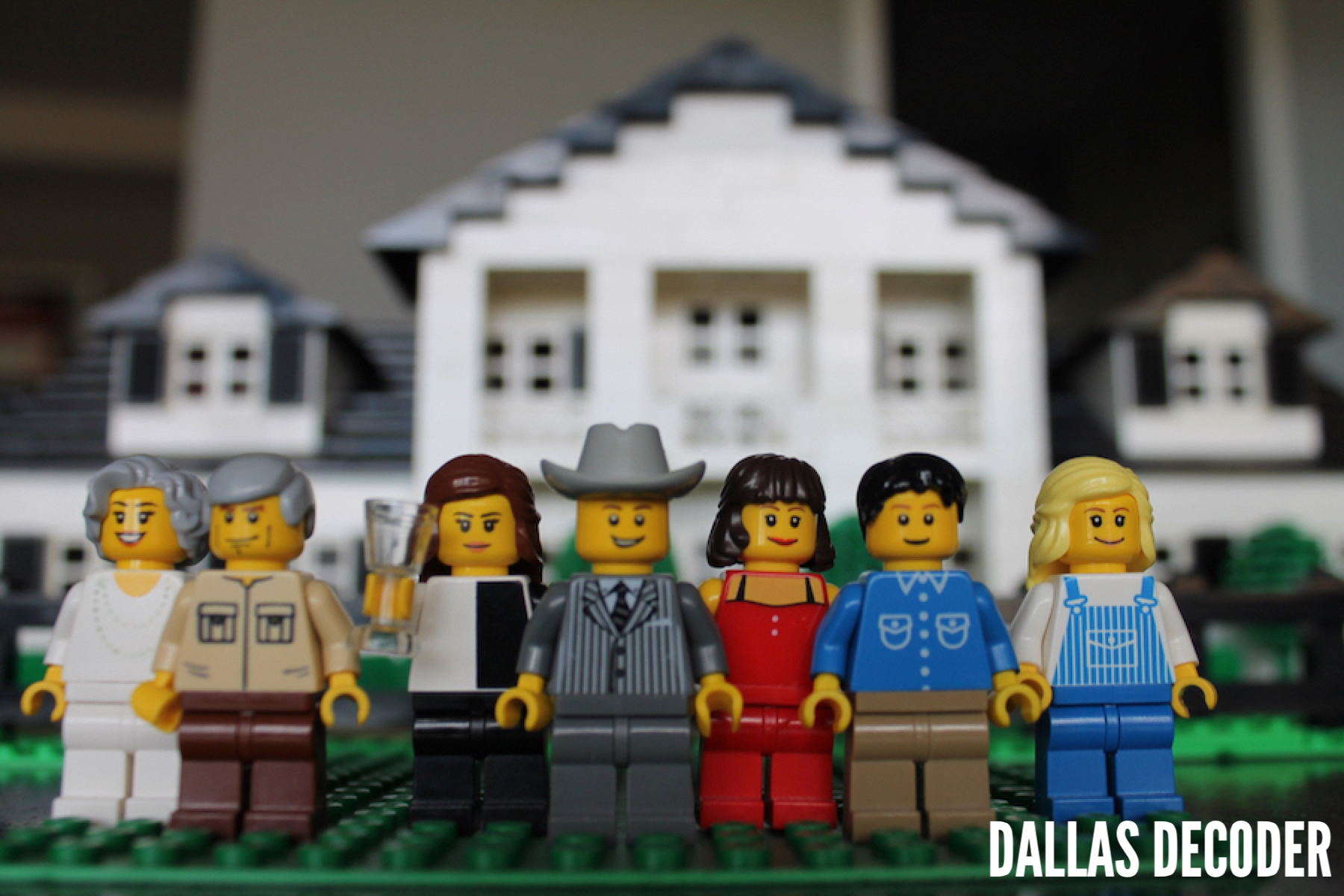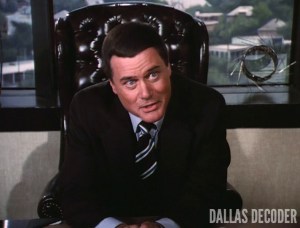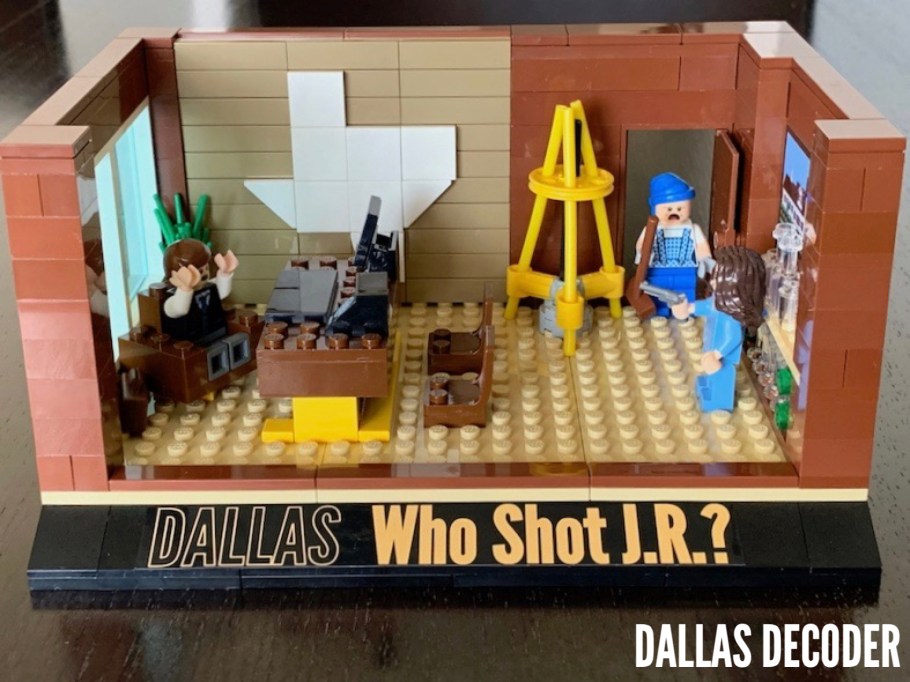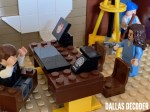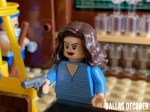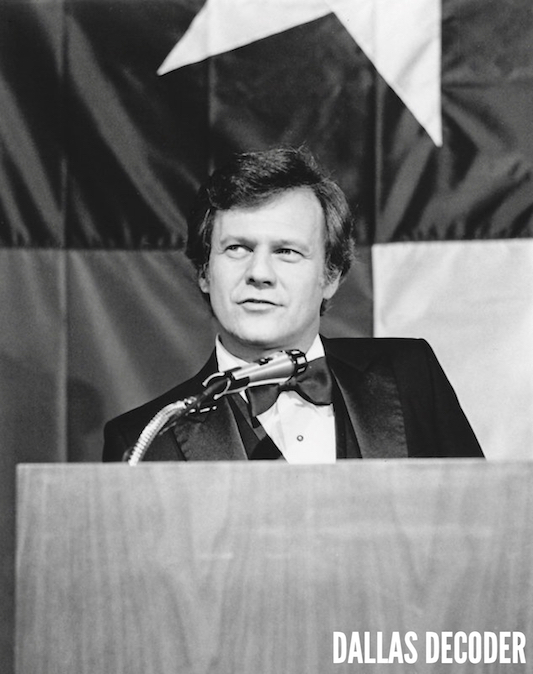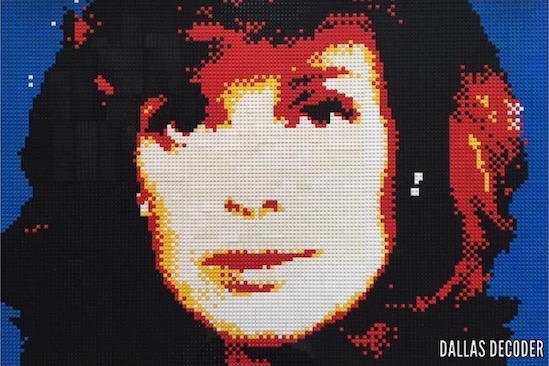J.R. Ewing’s daddy was Jock Ewing, but his father was David Jacobs. In 1977, Jacobs, then a 38-year-old TV script editor, sat in front of a blank page and created “Dallas,” the series that would go on to change television forever. He once said it took him just three days to write the first episode, and even though his producing partner, Michael Filerman, gave “Dallas” its title, everything else sprang from the mind of David Jacobs — with a nod to influences like “Romeo & Juliet” and the 1957 big-screen potboiler “No Down Payment.” Isn’t it remarkable that the characters and concepts Jacobs conceived during the course of those 72 hours — J.R., Bobby, Sue Ellen, Southfork Ranch, Ewing Oil, the Barnes-Ewing feud — are still sustaining our imaginations, 45 years later?
Jacobs’ death last week at age 84 means the “Dallas” universe has lost its most critical figure. Yes, he left the series early in its run to focus on “Knots Landing,” the spinoff he also created. And yes, it ultimately took a company of talented writers, directors, actors and crew members to turn “Dallas” into the global phenomenon it became. But none of it would have happened if Jacobs hadn’t created the thing in the first place. It all starts with him.
In fact, it probably isn’t enough to say David Jacobs created “Dallas.” He also deserves some credit for the way stories are told on television today. Before the Ewings, prime time was dominated by static heroes whose exploits were entirely episodic: Each week, Mannix solved a new crime, Marcus Welby saved a new patient. Jacobs believed serialization — long the purview of daytime soap operas — could work in prime time, too. Likewise, he dared to populate “Dallas” with flawed, textured characters who were capable of evolution. It was a formula that would be replicated by shows like “Hill Street Blues” and “ER,” and later, “The Sopranos” and “Better Call Saul.”
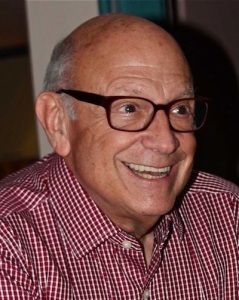
The creator
Jacobs was a visionary in other ways, too. In 1986, before “prequel” became a Hollywood term of art, Jacobs gave us “Dallas: The Early Years,” a three-hour chronicle of the origins of the Barnes-Ewing feud. Later, when “Knots Landing” went off the air in 1993, he was interviewed in TV Guide and talked about someday bringing the show and its core cast back for a sequel series. At the time, TV reunion movies were common, but no one was reviving shows on a weekly basis. Now look at the television landscape. Name a series that hasn’t been raised from the dead in one form or another.
By some accounts, it took Jacobs a while to feel proud of “Dallas.” Perhaps this has to do with the fact that, while he created the show, other people — most notably, producer Leonard Katzman — played a more direct role in shaping it. “Dallas” and “Knots Landing” were also kind of rivals during their heyday, with some fans of the spinoff asserting it was the superior show. Everyone is entitled to their own opinion, of course, but I don’t think there’s any question “Dallas” has better withstood the test of time. After all, despite what Jacobs mused about in 1993, it was “Dallas,” not “Knots Landing,” that was ultimately revived as a weekly series.
As a kid, I grew up admiring producers like Jacobs and Katzman as much as I did actors like Larry Hagman and Linda Gray. I would see Jacobs’ name at the end of the “Dallas” opening credits each week, floating in the air as the camera soared over Southfork, and think: Who is this man? How did he create this show? What does that even mean? After my parents bought me a typewriter for my 10th birthday, I spent hours at the kitchen table, pecking out my own “Dallas” stories. I still didn’t really understand what David Jacobs did for a living, but I knew I wanted to be like him someday.
That never happened, but at least I got to interview him twice: once in the aftermath of Larry Hagman’s death, and again for my oral history of “Swan Song,” my favorite “Dallas” episode. He was kind and gracious each time we spoke, always full of insight and always willing to answer every question I had. During that first conversation, I thanked him for creating something that has meant so much to me and so many other fans, and he conceded that while “Dallas” was a “guilty pleasure” for him during its original run, he eventually came to appreciate the show. “‘Dallas’ became the model for all the continuing dramas that followed and are now dominant, so it really did change television in a very not-so-subtle, real way,” he said. “And I like that.”
So did we, Mr. Jacobs.
Share your comments below and read more opinions from Dallas Decoder.



